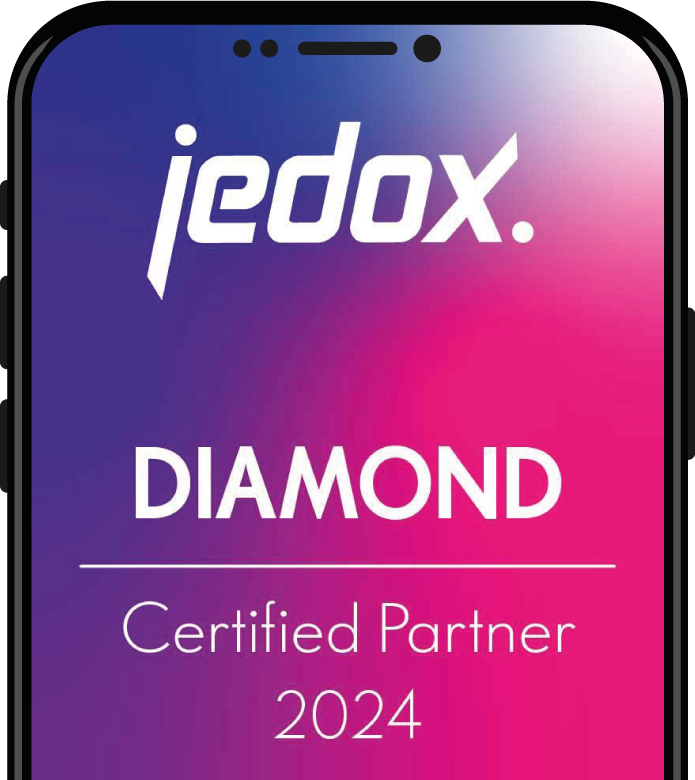The challenge, however, was that the models required many manual processes. It took 6 weeks of work to collect and prepare a forecast, and at the same time it was technically difficult to show rolling forecasts – for the current year and 3 years ahead. It was often just in time Group Finance reached to deliver the forecast every quarter.
The Excel and Access model has, over time, become so large, complex, and personal dependent that the risk of errors, errors in business and inconsistent results is high. Furthermore, it was difficult and difficult to keep track of forecast versions, and control of the many explanations, as to who delivered what and when.
It was difficult to consolidate the many Excel sheets and models, and it was very time-consuming to check and validate the data and the consolidated versions, to be sure that the basis for the quarterly forecast was correct and of the right quality.





